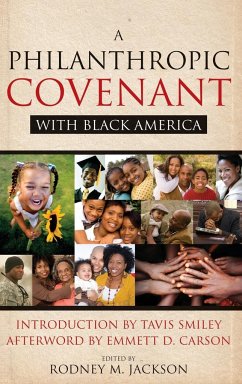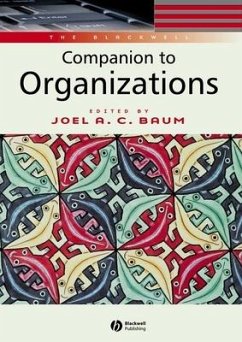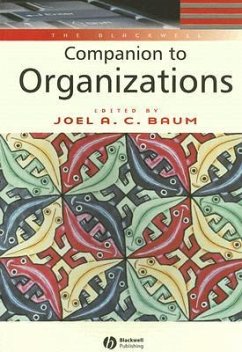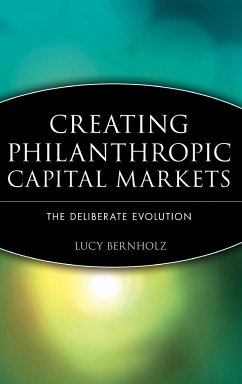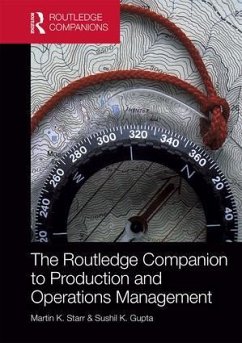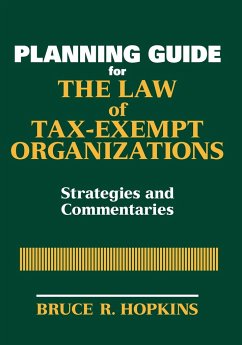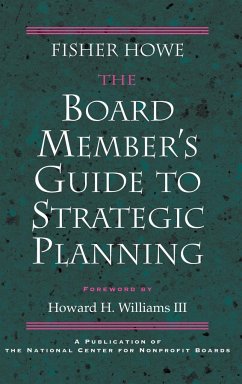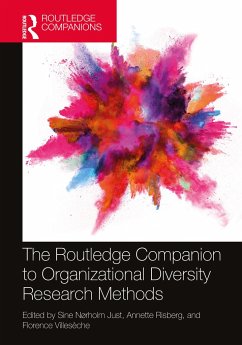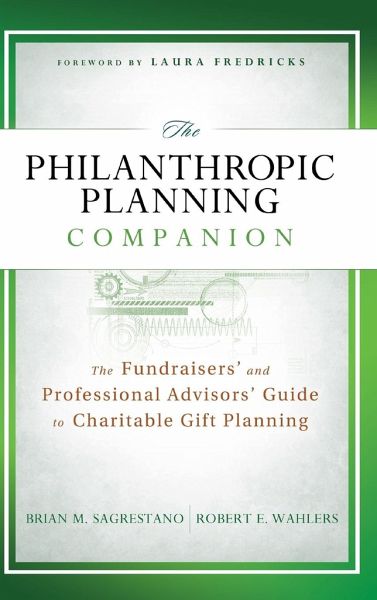
The Philanthropic Planning Companion
Versandkostenfrei!
Versandfertig in über 4 Wochen
78,99 €
inkl. MwSt.
Weitere Ausgaben:

PAYBACK Punkte
39 °P sammeln!
Philanthropic planning is a powerful way for individuals and families to give to the charities they believe in and care about. It ensures the charity's long-term future, while also meeting the donor's personal planning objectives. Drawing from authors Brian Sagrestano and Robert Wahlers' combined experience in financial, estate, tax, and gift planning, The Philanthropic Planning Companion explores the new and exciting donor-centered, values-based model of philanthropic planning for both professional advisors and fundraisers. Sagrestano and Wahlers start by explaining why emerging generational ...
Philanthropic planning is a powerful way for individuals and families to give to the charities they believe in and care about. It ensures the charity's long-term future, while also meeting the donor's personal planning objectives. Drawing from authors Brian Sagrestano and Robert Wahlers' combined experience in financial, estate, tax, and gift planning, The Philanthropic Planning Companion explores the new and exciting donor-centered, values-based model of philanthropic planning for both professional advisors and fundraisers. Sagrestano and Wahlers start by explaining why emerging generational cohorts require charities and advisors to change their approach to philanthropy. The "New Philanthropists," consisting of the Baby Boomers, Generation X, and Millennials, have fundamentally different values and views on philanthropy and society than the "Traditionalist" generations that came before them. With the New Philanthropists now in their peak earning, giving, and planning years, a new model of philanthropic planning is vital if charities and advisors want to reach this audience and continue the golden age of philanthropy in America. Starting with discussion on the emergence of philanthropic planning, Sagrestano and Wahlers move on to outline how an integrated, donor-centered, values-based, philanthropic planning approach can help advisors and fundraisers meet the charitable and personal planning objectives of all philanthropists, starting with the top 10%, whose gifts comprise more than 95% of charitable dollars raised. In addition, the authors offer proactive suggestions for: * Crafting an environment for philanthropic planning * Establishing connections among fundraisers and advisors * Utilizing technology and social media in reaching newer generations Filled with proven tools to ensure sustained success, The Philanthropic Planning Companion illustrates how advisors and fundraisers can design, develop, assemble, and create plans for individuals and families that will meet their goals and needs for generations to come.





